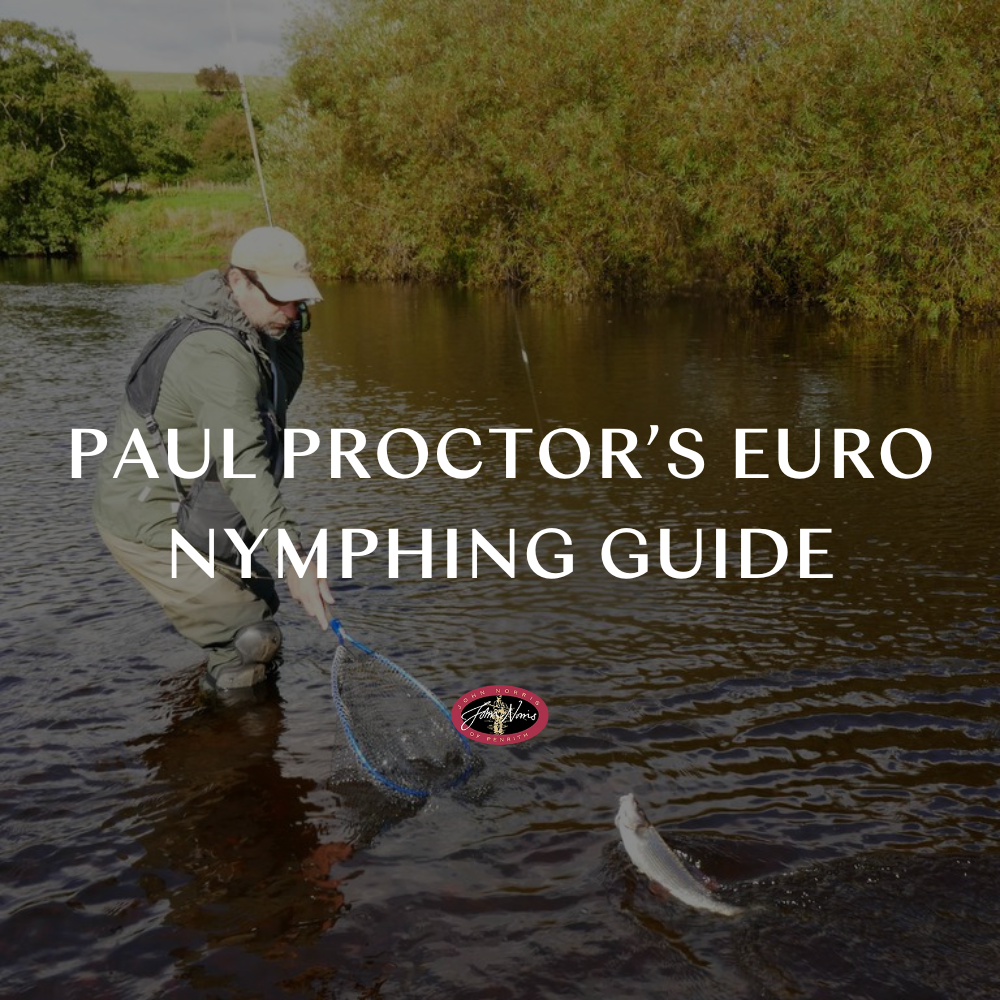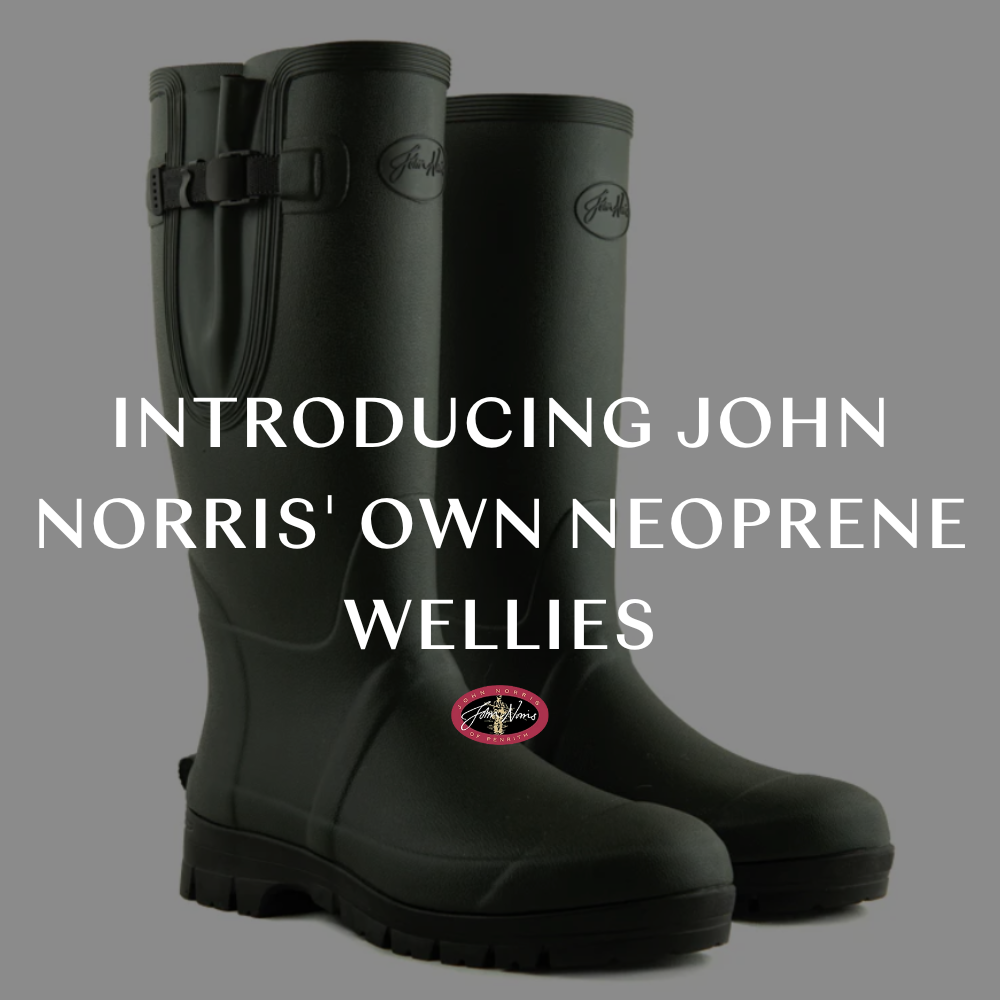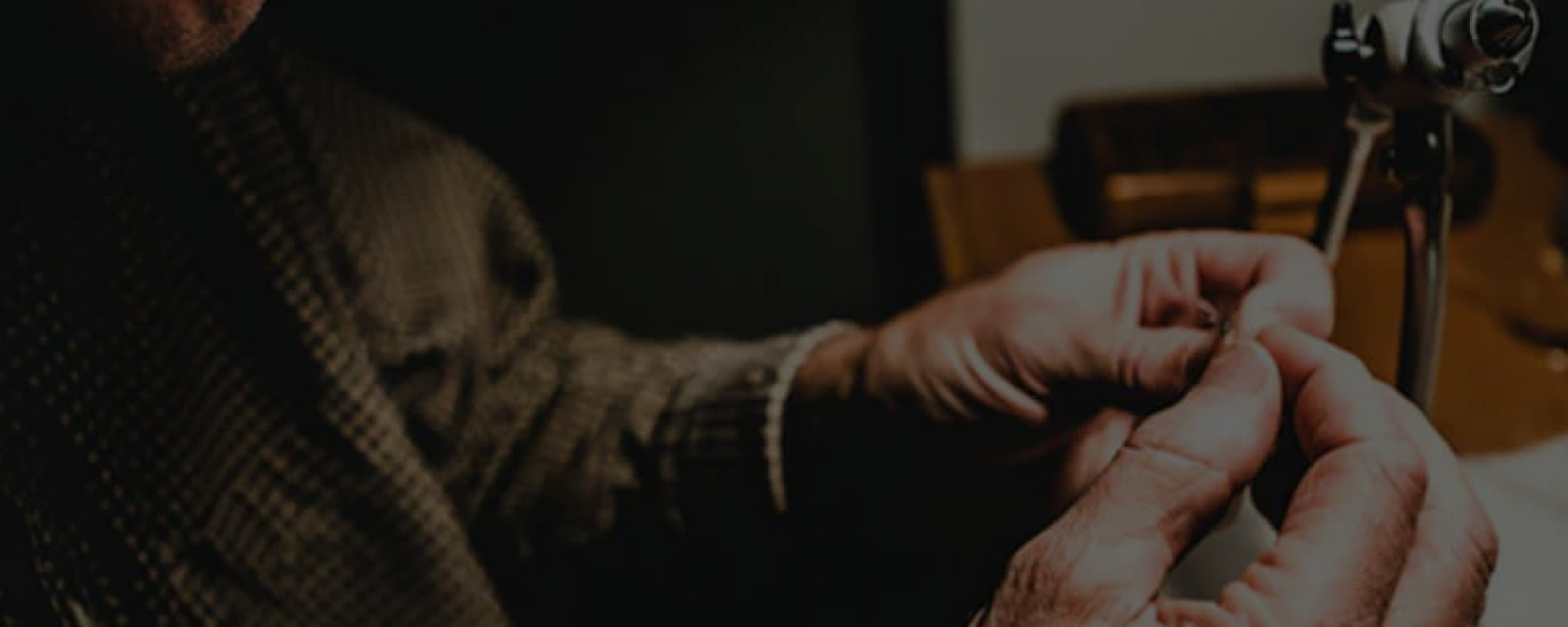Patagonia
It’s a long way down, 10,000 miles and a good twelve hours if you fly out from Spain after the two-hour flight from Blighty to Madrid; I flew with Iberia. But the stay over at each end of the trip in the vibrant city of Buenos Aires certainly makes it worthwhile before the final leg of the journey to Rio Gallegos, which is two and a half hours by plane south. There is thirty miles of fishing on the Buitreras Estancia split into four beats that are rotated twice daily between eight rods; the location is around thirty miles from the estuary. The sky is big and the sunsets are magnificent. The first thing one notices when travelling to the beats in four wheel drives is the enormity of the view which is quite stunning and is rarely caught fully on a photograph. There are plains as far as the eye can see interspersed with rocky outcrops and cliff faces. The other thing notable is the plethora of wildlife which does not seem to be as nervous of man as in this country, from the beautiful flamingos amongst many exotic birds and the mammals including guanacos, skunks and thousands of hares and foxes. The river conditions during the last week of February 2008 were not ideal; four day’s of hot clear blue skies, windless and low water followed by high winds from the North, and a mild flood from the Andes region that brought weed with it made the fishing a little difficult. Even though the conditions were poor, we did catch our fair share of sea trout, the biggest weighing in at twenty pounds. This year on week 9 the conditions were for the most part good and we did a lot better doubling the numbers of fish caught. Eight rods on thirty miles of river is pretty much under-fished, so the pools are on the whole well rested. The average weight for the week was 9.3 lbs. The wind speed can get a bit brisk; the area is renowned for it, on the whole the prevailing wind is a westerly downstream direction and the average angler soon becomes accustomed to that. The sea trout really do respond to a good strong westerly, something I personally do not pray for in this country. As in the UK, east and north winds can make the fishing a little difficult but not impossible. Nothing special about the fishing tackle and fishing equipment; breathable waders with Aquastealth boots, a windproof fleece, wading jacket, hat, sun glasses and clear glasses for the evenings. Essential fishing rods are a 9’ 6”-10’ 7/8 weight middle-fast tip action rod. For when the wind picks up a double handed rod of around 12-13’ for an 8/9 weight is adequate and will deal with most wind situations. A must is a very reliable large arbor reel, sound backing and plenty of it. There is no need to fish the fly that deep on this river system as on the Rio Grande where the use of fast sinking Teeny lines are used, the wading along with the fishing is fairly manageable also. The guides will put anglers into pools that will suit their ability, something they are very good at. Last year I fished with a floating line plus various densities of sink tip attachments and a full intermediate glass line on both single and double-handed rods. Although that set-up proved to be quite successful, I was still left wanting for something extra in certain pools, so this year the system was altered a little. The Rio Gallegos has many varied and interesting pools; some are narrow with the fast water on the far bank where a short cast is required, and it is necessities to be able to retrieve the fly fairly close in, as fish tend to follow. There are big wide-open pools with even flows where a long cast of thirty yards plus is an advantage, and again the fly needs to be worked to within eight yards of where you are stood. A certain amount of fly-casting ability is required to deal with conditions, but the average angler will still do pretty well, the guides will put anglers in pools to suit their ability. A floating line with a light sink tip is perfect for most of the fishing situations until the wind really picks up (that is when the fishing gets better). The problem is then that the wind speed affects the surface of the water and drags the fly-line and control of the speed of the fly is somewhat lost. I found that by using a full intermediate to get below the surface drag gave more control in a high wind, but where the running line also sank proved to be very troublesome, after the retrieve had been made the running line became a chore to get it out of the water and organise it for the next cast. Because of the nature of the retrieve it was difficult to loop up as you can when salmon fishing, a stripping basket was tried by one of the group without much success. This year equipped with shooting head outfits made the fishing a lot more efficient and enjoyable. The fly now could be worked fairly close in and still have enough weight in the shorter head of fly-line to make a cast. The running lines were full floating and easily managed and the bonus only two reels required. The floating heads and sink-tips worked fine in the lighter breezes and the intermediate heads got below the surface drag when the wind blew. As with all shooting heads, long tapered leaders are essential to give the anchorage for Spey-casts and good turnover. The leader set-up was a 13’ salmon tapered leader with a 3’ tippet of 15lbs b.s for the lighter flies a total of 16’. For heavier flies weighted with lead or beads like the Stoneflies, it could be shortened to 12’ to achieve presentation. The whole set-up from running line to tippet was a loop to loop making everything instantly interchangeable. Fluorocarbon of between 10-20 pound B.S and a selection of large and medium size nymphs, woolly buggers, various rubber legged flies and some salmon flies like Stoat Tails are all that is needed. John Norris of Penrith has and can supply everything from the shop you may possibly need for the trip, the professional experienced staff there will make sure you are suitably equipped for the trip. The attachment of these flies is the Rapala knot that has a permanent loop to give extra movement. As with the majority of sea trout fishing after the cast has been made, some form of retrieve is necessary to induce a take. Deadline swings in the current will take the odd fish here and there, but to appeal to their aggressive nature some form of movement is required. This may be from a constant twitch to very short strips of four inches for the stonefly/nymph types of fly, or a longer strip and figure of eight for the rubber-legged types such as the Yuk Bug or hair wings. Bite detection is not as subtle as one would like, watching the fly-line for any abnormal movement, the use of coloured braided loops to make things more obvious, or the occasional pluck does not exist down there. Usually the first indication there may be a fish interested, is a huge bow wave heading toward the end of the fly-line followed by the feeling that the fly has attached itself to a runaway train. The reel, which is set to a pretty good tension, begins to rapidly spin, you are palming the knuckle-rapping rim, the line is burning your fingers, and the rod is impossible to keep up at any safe angle due to the pressure. As the backing knot attached to fly-line hits every guide on the rod, then disappears out of the tip ring and out of sight; the fish leaves the surface like a Polaris missile, crashes down displacing a lot of water, again and again, you begin to wonder if it will ever stop! With the conditions, location and the stamp of fish to be encountered, this is extreme fishing. Perhaps you now know the answer to my original question – but I will definitely be back for some more serious enjoyment next year! Sent in by Glyn Freeman of cumbriaflyfishing.co.uk.










